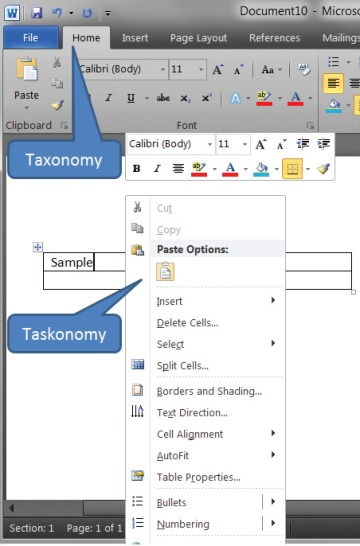- 5.1 Framing the Problem
- 5.2 Activity-oriented Teams
- 5.3 Shared Services
- 5.4 Cross-functional Teams
- 5.5 Cross-functionality in Other Domains
- 5.6 Migrating to Cross-functional Teams
- 5.7 Communities of Practice
- 5.8 Maintenance Teams
- 5.9 Outsourcing
- 5.10 The Matrix: Solve It or Dissolve It
- 5.11 Summary of Insights
- 5.12 Summary of Actions
5.5 Cross-functionality in Other Domains
The notion of cross-functional organization is also pertinent to disciplines other than IT. It is only fair to indulge in a few interdisciplinary analogies while on the topic of interdisciplinary (cross-functional) teams.
5.5.1 Hospital Pod Teams
A study16 conducted at the emergency department (ED) of a city hospital corroborates the advantages of moving from an activity-oriented team design to a cross-functional one. Their initial design had three activity-oriented teams of nurses, residents, and attending physicians servicing a value stream that consisted of the following activities:
- Triage incoming patients
- Begin patient care work (nurse)
- Order tests, make decisions about diagnosis, treatment, and disposition (resident)
- Approve or change the orders and decisions (attending physician)
The study notes that back-and-forth discussion was not enabled by this design. Responsiveness was poor—an average of 10% of patients left without being seen because of delays. As a redesign, the ED teams were divided into pods (cross-functional teams). Each pod had the personnel and equipment necessary to treat any type of ED patient; that is, it had the ability to service the entire value stream above. The study found that the pod system delivered a 40% reduction in cycle time (in this case, cycle time is the average amount of time a patient spends in ED) without any significant difference in any other aspect of the quality of care. Note that the rest of the hospital functions can continue with an activity-oriented organization, as they are not directly part of the patient-care value stream.
5.5.2 A Cross-functional Museum Layout
The Rijksmuseum in Amsterdam is a good example of the power of cross-functional organization. Traditionally, museum galleries have a functional organization—one gallery for sculpture, another for ceramics, a third one for paintings, and so on. Each gallery is managed by a specialist curator—the museum analogue of our function lead. But the new Rijksmuseum has opted for a more integrated or, shall we say, cross-functional organization. Each section in now devoted to a different century, and within that section you will find all the artifacts from that period arranged in an integrated holistic display that effectively conveys the story of the age.
An article about the reopening of the museum in The Guardian17 describes the new layout. A Rembrandt gallery, for example, displays some of his early work alongside period-piece furniture, glass and silver artifacts made by people he knew, and a portrait by an art-patron friend. Rijksmuseum’s director of collections, Taco Dibbits, says, “You get a sense of the world in which Rembrandt was producing his art.” This is similar to how a product analyst gets a sense of the world into which the product is deployed by working in a cross-functional team that includes deployment specialists.
A cross-functional layout is arguably more work for the curators to manage and maintain. It may also nettle expert visitors who may be interested, for example, in sculpture but not ceramics. But from the point of view of majority generalist visitors to the museum (the outcome that matters), a cross-functional layout is probably more meaningful.
5.5.3 Taskonomy
Design guru Dan Norman talks about taxonomy versus taskonomy in the context of human-centered design.18 Imagine how much less usable a word processor or spreadsheet might be if it only supported main menus, that is, no support for context-sensitive (right-click/pop-up menu) actions. As exemplified by Figure 5-3, the main header menu of an application is taxonomy whereas its myriad context-sensitive menus are taskonomies. Taxonomy is a functional classification or arrangement whereas a taskonomy is a cross-functional arrangement based on the needs of the task at hand. Taxonomies provide navigability—they offer a map of available functionality. Taskonomies provide ease of use and responsiveness—they are responsive to the needs of the user in context. In a user interface, both have their place. In organization design, the org chart provides enough taxonomy. For responsive day-to-day work, we need taskonomies, which is what cross-functional teams are.

Figure 5-3 Taxonomy is to taskonomy as functional arrangement is to cross-functional arrangement.
